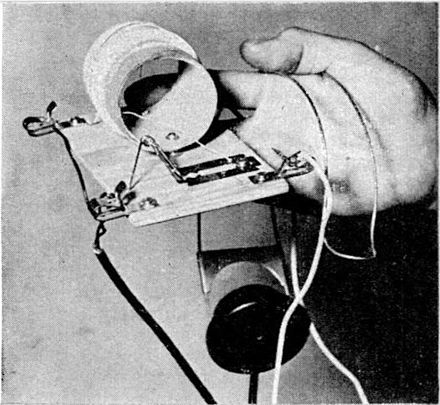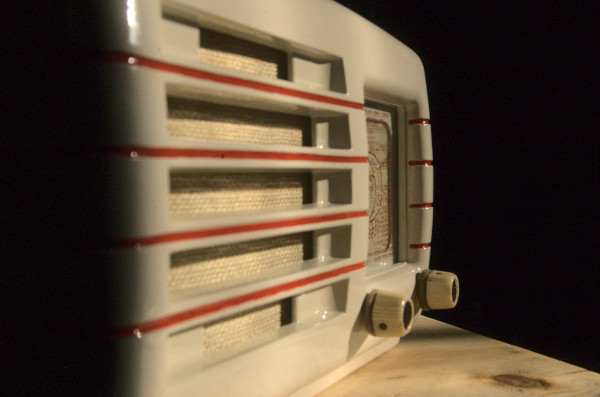radio
Restoration &
Technology
PROJECTS
Restoration &
Technology
In this section, I collect a series of tube radios that pass through my workshop for restoration. I especially love the early 1930s radios, but I also appreciate some later models from the '40s and '50s.
Restoring a radio requires the right amount of time, attention, and expertise. Most of the time, recalibrating the internal oscillator is not necessary, but in such cases, the process demands extra patience and precision. These are fascinating objects, and although technologically obsolete, they carry the knowledge of a physical principle that is not easily ‘visualized.’
One might be surprised to learn that during World War II, some radios were built using nothing more than a receiving coil, a parallel capacitor (which determined the resonance frequency), a razor blade (strictly rusted), and the tip of a pencil… nothing else… no power supply whatsoever. These improvised circuits were made to ‘capture’ Allied radio transmissions and gain insights into the war from that perspective.
The rust on the razor blade was essential—it was the oxide that transformed the razor blade and graphite into a diode, which, almost like magic, enabled radio wave detection. Of course, the sound quality wasn’t as clear as in these ‘modern’ superheterodyne circuits, but they worked! Understanding how they function opens up a whole new world and makes grasping the concept of radio transmission much easier.

The small Philips kitchen radio. A technically very interesting radio, worth studying to appreciate the circuit innovations that Philips developed for its devices. A radio that was meant to be very affordable… and in which they managed to omit components that seemed ‘irreplaceable’!
